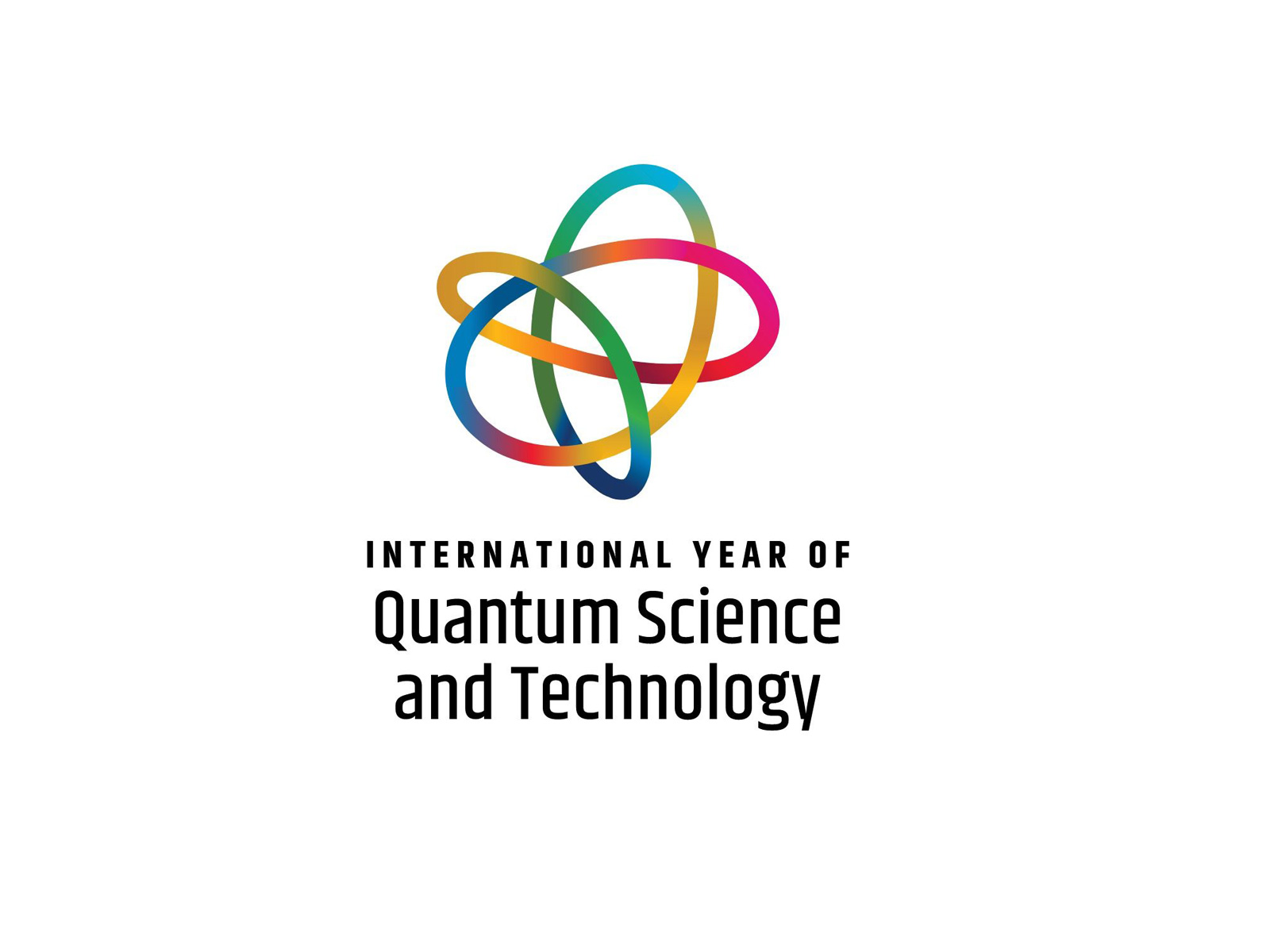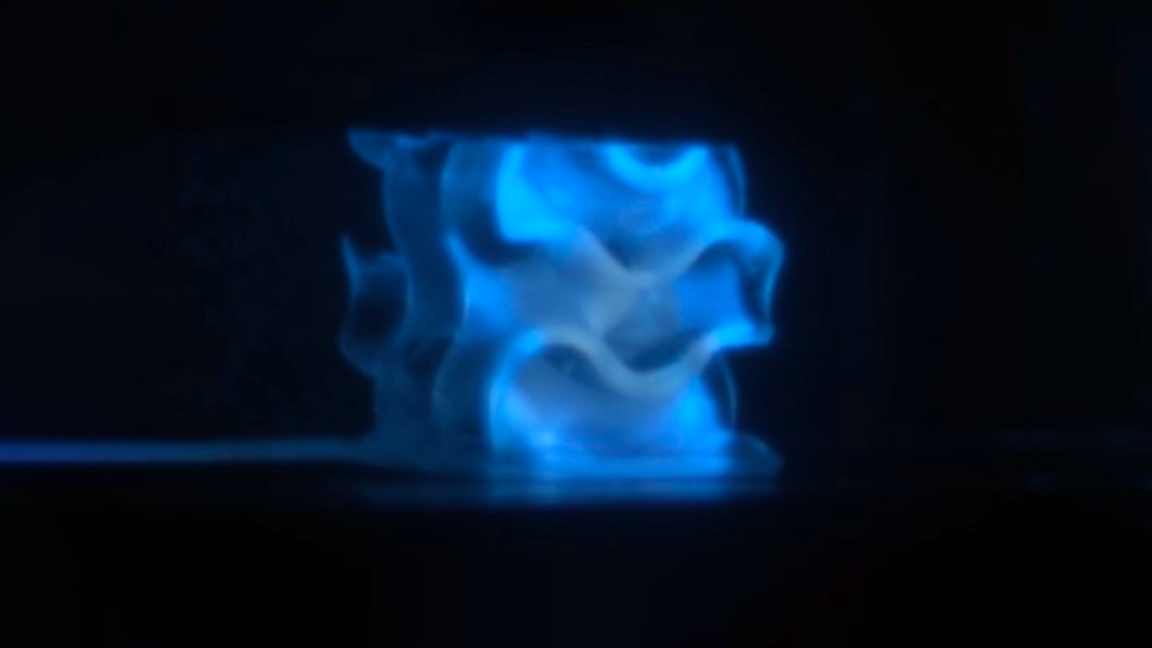 The Muon g-2 experiment studying the magnetic moment of the muon is celebrating a milestone. The first muon beams produced by the Fermilab accelerator have circulated in the large superconducting magnet: this marks the beginning of a fascinating challenge to confirm or deny an anomaly measured at the beginning of the 2000’s by the first experiment of this type. INFN is participating in the experiment with researchers from the Frascati National Laboratories and from the INFN Sections of Lecce,
The Muon g-2 experiment studying the magnetic moment of the muon is celebrating a milestone. The first muon beams produced by the Fermilab accelerator have circulated in the large superconducting magnet: this marks the beginning of a fascinating challenge to confirm or deny an anomaly measured at the beginning of the 2000’s by the first experiment of this type. INFN is participating in the experiment with researchers from the Frascati National Laboratories and from the INFN Sections of Lecce,
Naples, Pisa, Rome Tor Vergata, Trieste and the associated group of Udine. At the beginning of 2000’s, physicists at the Brookhaven National Laboratory, measuring the anomalous magnetic moment of the muon (a property of this particle) found that the probability that the measured value was consistent with the predictions of the standard model was less than 1/1000. The result was not sufficient to
constitute a discovery but worth investigating further. This discrepancy could, in fact, be explained by the contribution to the muon anomaly of still unknown particles, such as supersymmetric particles, or other new particles that could explain dark matter. The final solution to this enigma is now entrusted to the Muon g-2 experiment, that will measure the muon anomaly with a precision hitherto never achieved
(140 parts per billion). Over the next year the first physics results are expected.
You might also be interested in

EuPRAXIA chooses ELI Beamlines as second site for laser-driven accelerator

The record neutrino observed by KM3NeT
07 February 2025
Read more The record neutrino observed by KM3NeT

INFN celebrates the STEM WEEK and the International Day of Women and Girl in Science 2025

International Year of Quantum Science and Technology, 2025
03 February 2025
Read more International Year of Quantum Science and Technology, 2025

A new generation of plastic scintillators thanks to 3d printing

Capturing the accretion flow of M87* black hole
22 January 2025
Read more Capturing the accretion flow of M87* black hole